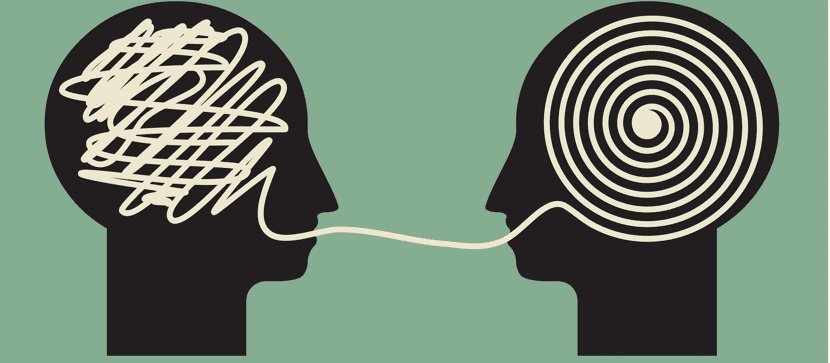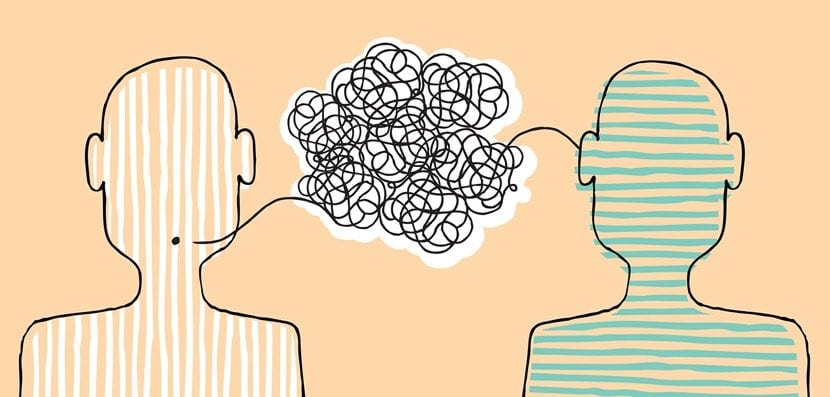
Language defines us as human beings and allows us to identify ourselves. Thanks to language we have been able to evolve as a species and that differentiates us from other species. In our society there are different types of languages that are necessary for us to communicate efficiently. These types of language occur in people's daily lives and are the key to social skills and relationships.
Communication and language are necessary tools to be able to express thoughts, emotions, ideas and also feelings. They are used between two or more people simultaneously, usually in a conversation and depending on the communication process, you may have better or worse communication success. Language defines us but should not be confused with language (code common to a territory whose meaning is understood and used by its members for communication).
Language can be oral or written and its purpose is clear: to communicate needs, thoughts, ideas between people, share information, etc. As there can be many different types of messages, this will also mean that there are different types of language and you will have to choose one or the other depending on the context in which you find yourself. Communication is key in everyone's life, It is the key to forging good interpersonal relationships and for a good adaptation to the environment.
Main types of language in people
Thanks to the following types of language, people can communicate in any way, transmitting knowledge or possible ideas. The word is very powerful and we have to learn to use it correctly! The best way to learn how to use it is to know it and differentiate the types.

According to the naturalness of the language used
It will depend on the context in which the language is used:
- Literary language. It is used by writers in their literary works (cultural content and colloquialisms). It is used to embellish words with vulgar expressions depending on what the author wants to express.
- Formal language. Impersonal language used for academic or work purposes. It does not use colloquiliasmos since it is the opposite of informal language.
- Informal language. It is the natural or popular language that people use in daily interaction. Spontaneous vocabulary that is born from people to communicate. It is used unconsciously and has been learned since childhood. It is related to the context and culture of the individual.
- Artificial language. With this language, technical aspects are expressed that are often difficult to understand in natural language. It is defined in a deliberate way according to the needs of those who use it (mathematical language, programming language, computer language, etc.)
- Scientific or technical language. It is used by scientists to express ideas and knowledge. People from the same union tend to understand it.

According to the communicative element or transmission
It will depend on the communication process chosen to communicate or transmit the language:
- Oral language or spoken language. Sounds of a language are used to express feelings, ideas or thoughts. Sounds make words and words make sentences. It should make sense and relate to the context.
- Written language. It is made up of the graphic representation of oral expressions. Written language is equivalent to spoken language but embodied in written codes. To make sense, it must make sense and be organized in a specific way.
- Iconic language. Non-verbal language with use of symbols. The symbols are the vocabulary and the form the grammar.
- Nonverbal language. Nonverbal facial language would be a variant (Words are not necessary and it is used unconsciously. It is related to gestures, shapes and body movements of people. The face has a meaning that can be read). Kinesic facial nonverbal language (Movements that are expressed with body movements. The gestures, the way one walks, the movement of the hands, the face or the body odor are part of this type of language). Nonverbal proxemic facial language (proximity and spatial attitudes of people, distances in different cultures).

Other types of language
There are other types of language other than those mentioned that are also part of our society and that it is necessary to know to use if necessary:
- Vernacular language. Native language
- Egocentric language. Language of the integral development of children
- Native language. Mother tongues in a region or country.
- Slang. Language used by a limited group of people (usually made up).
- Jargon. Language applied in an activity, profession or group of people (family jargon).
- Lingua franca. Mix of different languages (common language for people who speak different languages).
- Animal language. Language foreign to human beings and used by animals for their communication.
- Dialect. Way of speaking based on social or geography factors.
- Piddin. Simplified language for people who do not speak the same language to communicate.
- Patois. Non-standardized linguistic variety such as Creole with connotations of social inferiority.
Excellent information. Thank you.